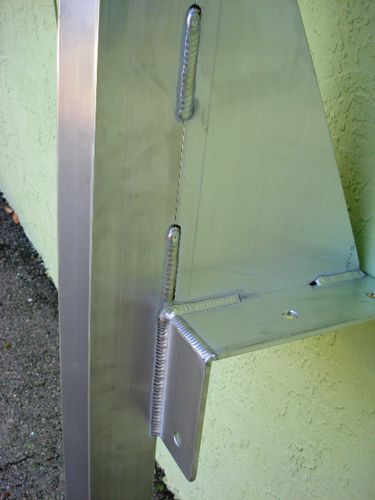
- Products
- Fender bracket
- Old Saltz
Fender bracket
Add to favorites
Compare this product
fo_shop_gate_exact_title
Description
Protect your vessel with Defend-HER dock fenders and aluminum fender brackets.
What purpose do fender brackets serve?
Not all docks are designed and built the same. And, of course, there are two main types of docks – stationary or fixed docks and floating docks. Furthermore, some fixed docks are designed with pilings that extend above the dock while others are constructed with pilings that finish below the deck surface.
When docks are constructed in a marine environment that is tidal, the vessels tied off to them need protection from damage that the docks may cause due to wind and wave action. The ideal scenario for this is to provide a vertical dockside rubrail so that the horizontal rubrail of the vessel always has a surface to fend off against regardless of the the tide – high, low, etc.
Most marine contractors and dock builders provide customers with dock fenders, or ‘bumpers’, installed on traditional wood or concrete pilings that in many cases are on pilings that extend above the deck. In situations where the dock pilngs were finished below the deck, or with concrete bulkheads, there isn’t a vertical rail to prevent the vessel from coming against the hard, damaging horizontal edge of the dock.
This is where AA&MP’s aluminum fender brace comes in. As shown in the pictures, our aluminum fender brace with the Defend-HER dock fender provides that safe and forgiving vertical rail that vessels need while dockside to prevent damage.
Catalogs
No catalogs are available for this product.
See all of Old Saltz‘s catalogs*Prices are pre-tax. They exclude delivery charges and customs duties and do not include additional charges for installation or activation options. Prices are indicative only and may vary by country, with changes to the cost of raw materials and exchange rates.

